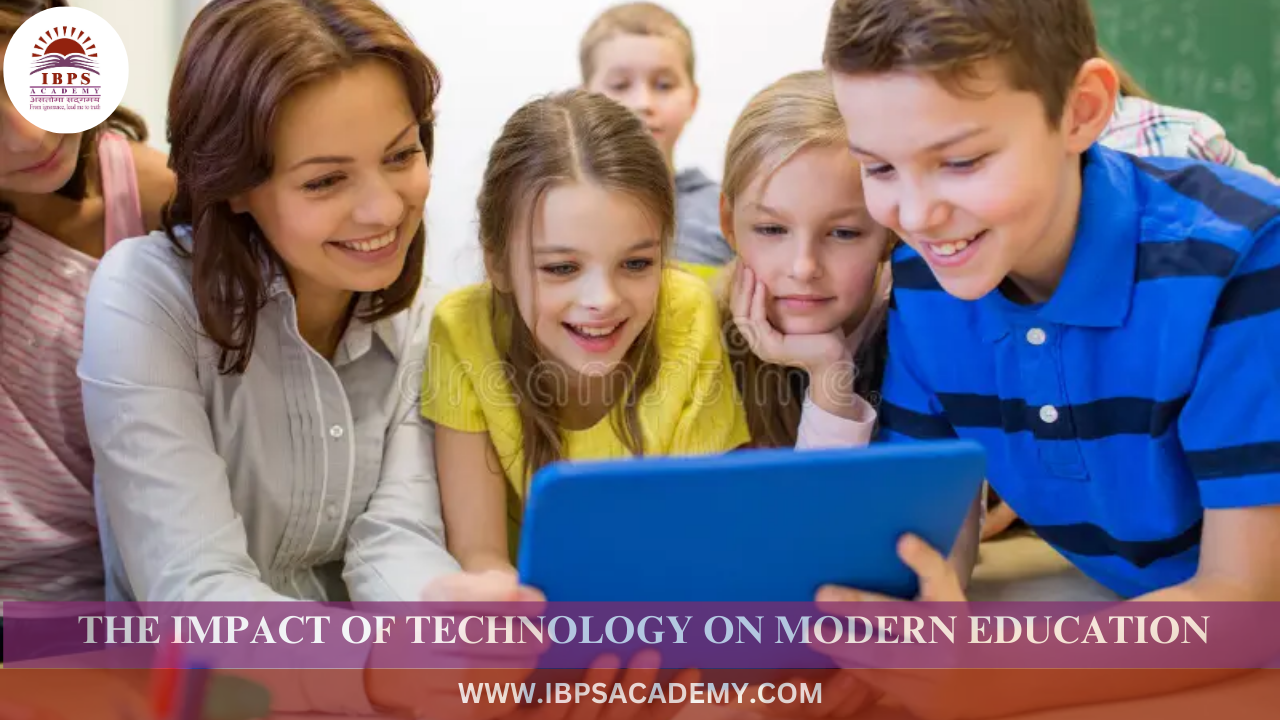

The impact of technology on modern education has been transformative, revolutionizing the way teachers teach and students learn. Here's an overview of some of the major ways technology has shaped education:
Technology has made vast amounts of information accessible at our fingertips. Students and educators now have access to a wealth of online resources, including digital libraries, academic journals, educational websites, and videos, making learning more diverse and comprehensive.
The introduction of interactive learning tools, such as educational apps, simulations, and virtual labs, has made learning more engaging. Students can explore complex concepts visually and interactively, which improves understanding and retention.
Technology allows for a more personalized approach to education. With adaptive learning systems and AI-driven platforms, students can learn at their own pace. These systems can analyze a student's progress and provide tailored learning experiences, helping to address individual strengths and weaknesses.
The growth of online education has been one of the most significant technological impacts. Students can now take courses remotely, allowing them to study from anywhere in the world. Hybrid models combine in-person and online learning, providing more flexibility and accessibility.
Technology facilitates collaboration between students and teachers, as well as between students themselves. Tools such as Google Docs, Slack, and Microsoft Teams allow for real-time collaboration on projects, regardless of location. Communication between teachers and students is also more efficient, with instant messaging, emails, and online feedback systems.
With the use of technology, educators can gather data on student performance, engagement, and behavior. This data-driven approach helps teachers identify trends, understand learning patterns, and make informed decisions about how to improve their teaching methods.
Technology enables students to connect with peers and educators from around the world. This global perspective fosters cultural exchange, broader understanding, and collaborative problem-solving, which are valuable in today’s interconnected world.
Technology supports continuous learning beyond traditional school years. Online courses, MOOCs (Massive Open Online Courses), and digital certifications offer individuals the opportunity to upskill and reskill at any stage of life.
While the initial investment in educational technology can be significant, it often leads to long-term cost savings. Schools can reduce costs associated with physical textbooks, classroom materials, and even classroom space by utilizing digital tools and resources.
While technology has undoubtedly brought many benefits to education, there are also challenges. The digital divide—where access to technology varies by region, socioeconomic status, and infrastructure—remains a significant concern. Additionally, there are worries about screen time, data privacy, and the potential for technology to replace traditional teaching methods rather than complement them.
In conclusion, technology has had a profound and transformative impact on modern education, revolutionizing the way learning takes place. It has expanded access to information, facilitated personalized learning, and enabled more flexible and collaborative educational experiences. Through tools like online platforms, virtual learning environments, and data-driven insights, technology has the potential to make education more engaging, efficient, and accessible for students worldwide. However, challenges such as the digital divide, data privacy concerns, and the potential for over-reliance on technology remain. As we continue to integrate technology into education, it is essential to strike a balance that ensures equitable access, fosters meaningful learning experiences, and prepares students for a rapidly changing world. Ultimately, the thoughtful use of technology can empower both educators and learners to reach their full potential and shape a more inclusive and dynamic future for education.
